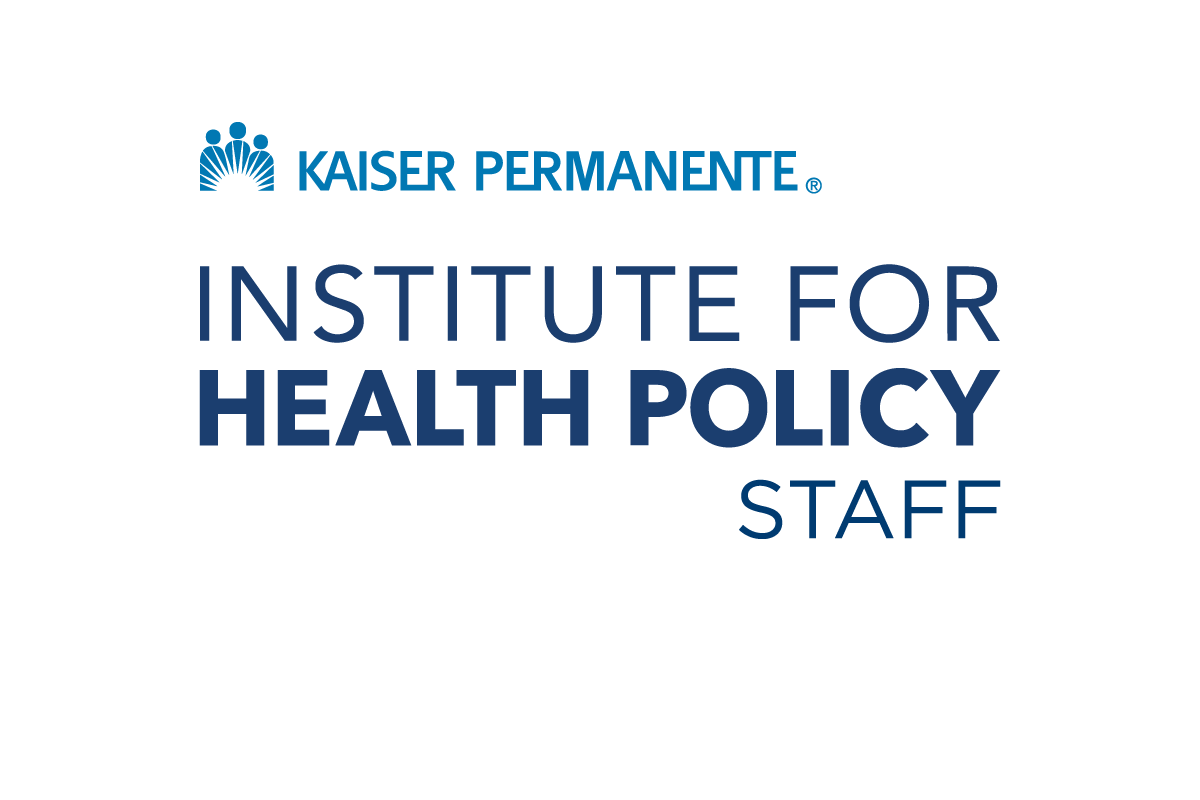
At our forum on December 14, “Leveraging Telehealth to Expand Access to High-Quality Care,” we shared the new Telehealth Research and Policy Framework developed by the Institute for Health Policy along with AcademyHealth, the American Telemedicine Association, and the Physician Insurers Association of America.
The framework highlights the interplay across structure, process, and outcomes needed to advance the use of telehealth services, such as video visits, remote monitoring, and sharing of clinical data and images.
Kaiser Permanente’s telestroke program provides a real-world example of how we’re putting that framework into action. Speedy treatment is crucial during a stroke. The telestroke program allows emergency physicians to activate a neurologist at a hospital without an in-house neurological intensive care unit, often before the patient arrives at the emergency room. It also streamlines in-hospital evaluation, allowing doctors to confer quickly on whether or not to move forward with blood clot-dissolving treatment. Enabling neurologists to conduct video evaluations of the patient allows treatment to start sooner, saving precious minutes in the emergency room — preserving brain function and saving lives. Kaiser Permanente’s telestroke program is allowing providers to start treatment in emergency rooms twice as quickly as typical stroke treatment.
Click here for a two-page overview of the framework and the telestroke program.